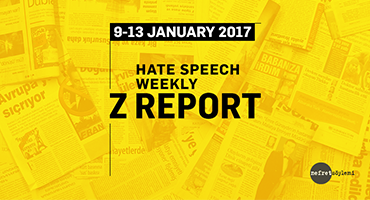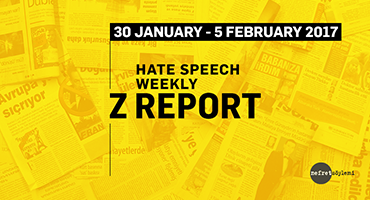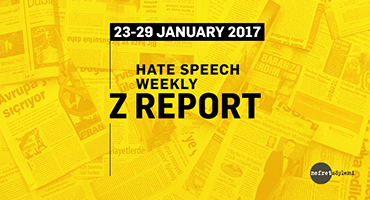Within November 12-18, 2018, three articles that generate hate speech were selected. You can find these articles that contain hate speech againts LGBTIs, Greeks and Armenians as well as the analyses written about them below.1
1.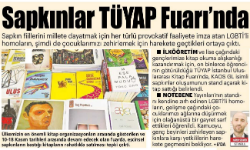
In article published in Yeni Akit with the title “Perverts at TUYAP Book Fair”, LGBTIs are associated with provocation and repeatedly labelled as “pervert” because of their sexual orientations and gender identities as we see in the following statement: “Engaged in all kinds of provocative activities to impose their perverted actions on people, LGBTI homos are now set to poison our children” and “It is founded out that LGBTI homos, using the stand of NOTEBENE Publishing House as their shield, make great efforts to trap our children. The people wait for the authorities to do something to stop these perverts poisoning young minds.” Thus, the newspaper dangerously provokes the reader against LGBTIs and escalates discrimination and hatred against them. |
2.
The article published in Akşam with the title “Greek torment to migrants” reports an action of Greek police by attributing it to Greek identity. The article reinforces negative opinions about Greeks by associating them with violence. |
3.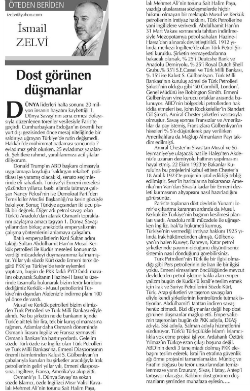
İsmail Zelvi, in his column titled “Enemies looking like friends”, labels Armenians as a “threat” as we see in the following statement: “Bypassing Turkey and carrying Kirkuk-Mosul oils to Mediterranean is a century-old plan of those who help the terrorist organization PKK, which is seemingly Kurdish but originally Armenian, to organize terrorist attacks.” In this way, the newspaper reinforces the existing prejudice against Armenians and regenerates the perception of enmity. |
1. Within the scope of the media monitoring work focusing on hate speech, all national newspapers and around 500 local newspapers are monitored based on pre-determined keywords (e.g. Traitor, apostate, refugee, Christian, Jewish, separatist, etc.) via the media monitoring center. While the main focus has been hate speech on the basis of national, ethnic and religious identities; sexist and homophobic discourses are also examined as part of the monitoring work.


